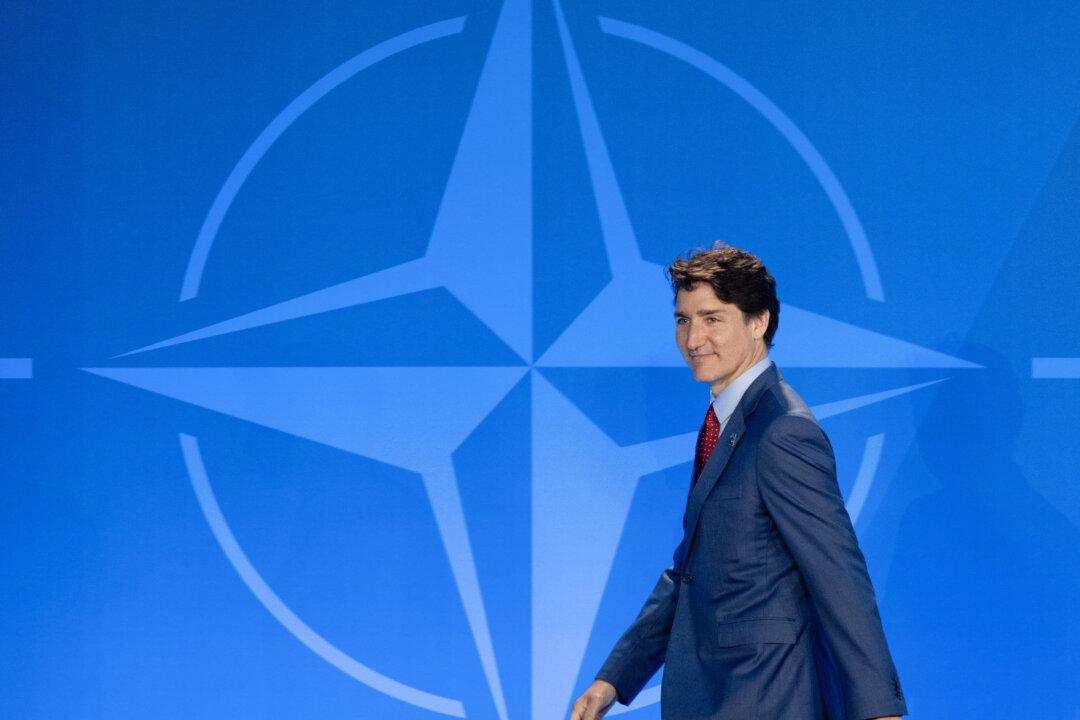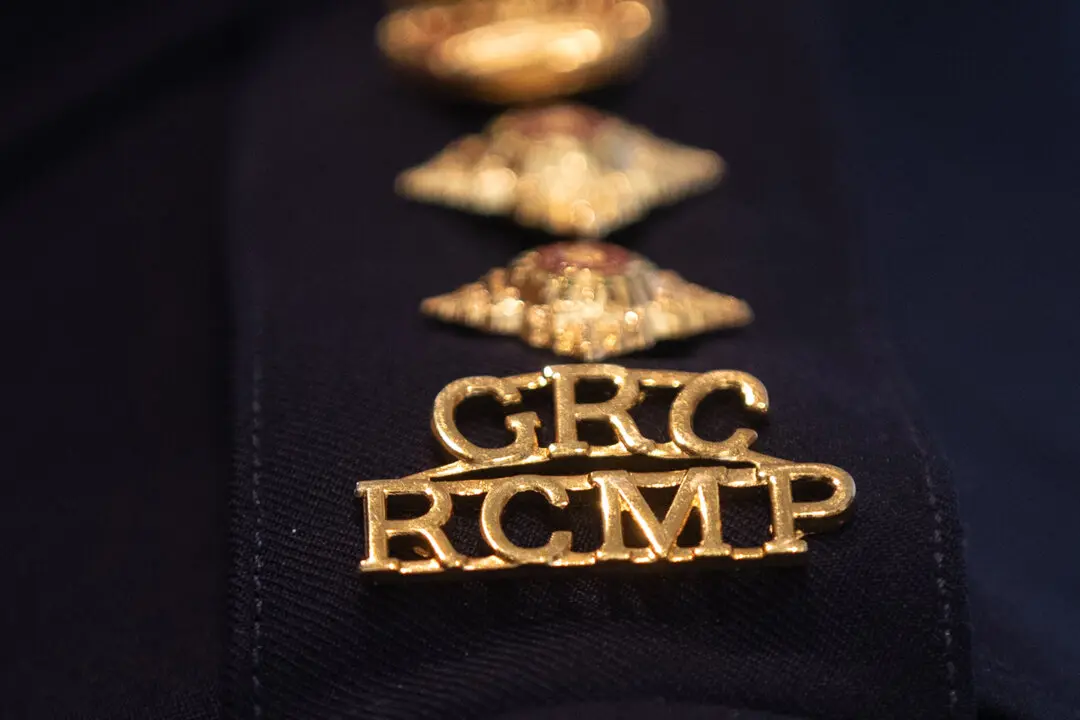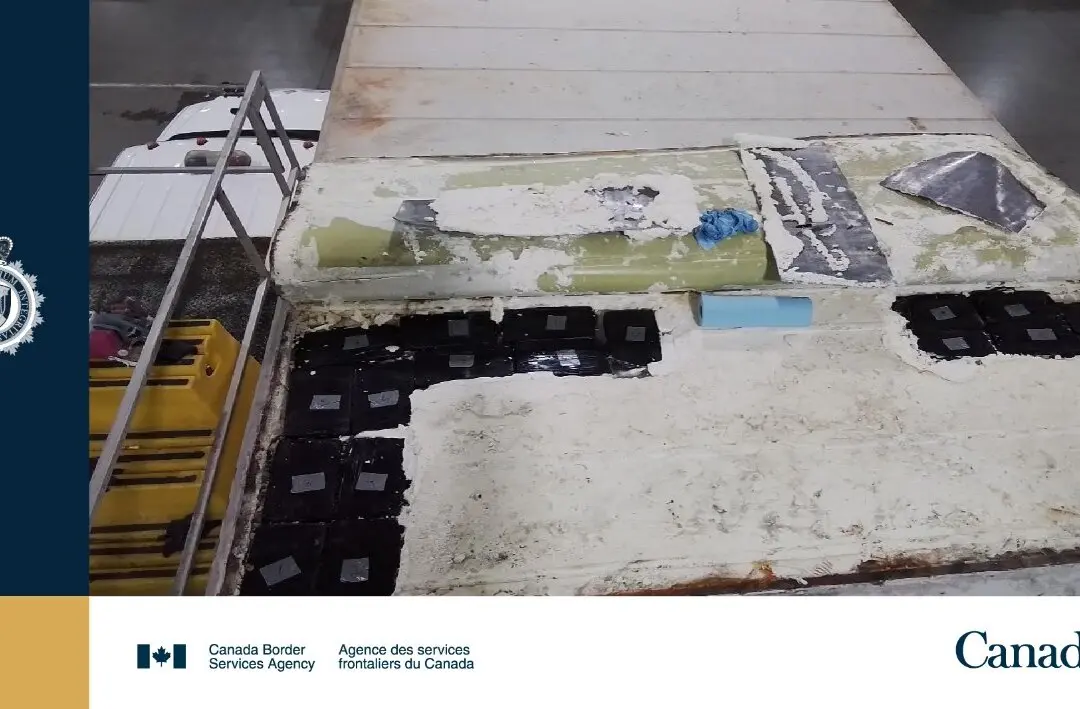Prime Minister Justin Trudeau says Canada “fully expects” to reach NATO’s defence spending target by 2032, but did not offer up any concrete details on how his government plans to hit the 2 percent benchmark.
Canada’s announcement came on the final day of the NATO Summit in Washington, D.C., after days of criticism for being the lone member country that had yet to lay out a plan to meet the 2 percent of gross domestic product (GDP) spending requirement.





